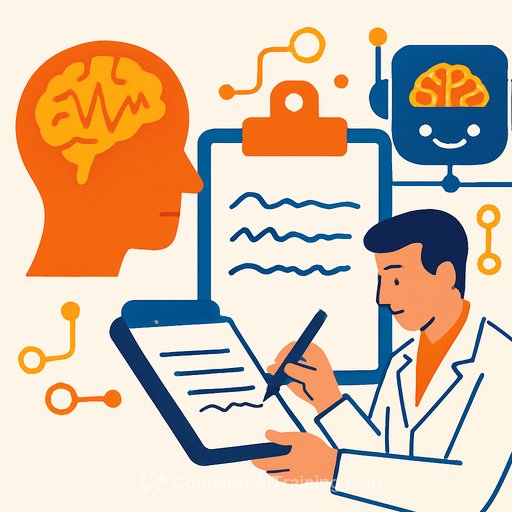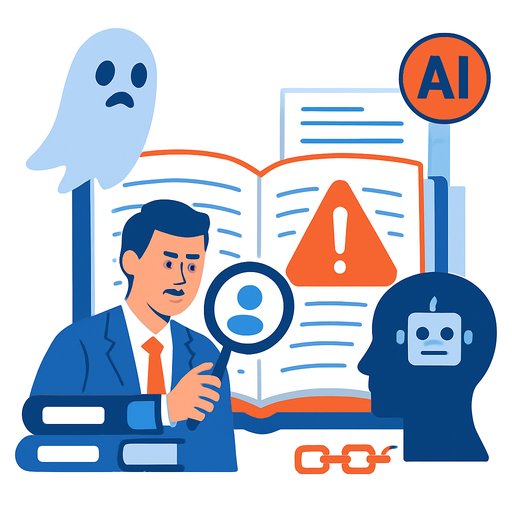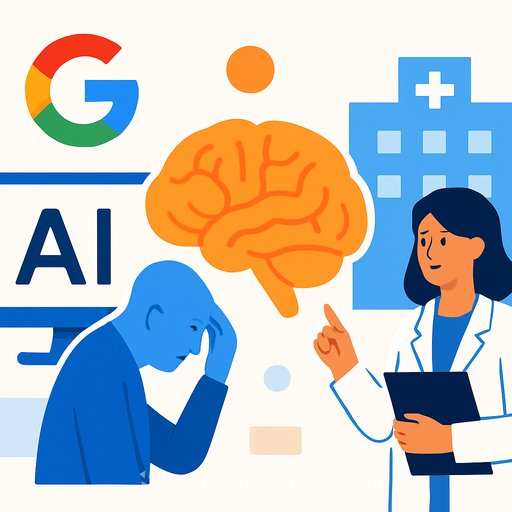AI Detects Parkinson’s Disease Through Speech Analysis
Artificial intelligence has reached a significant milestone by detecting Parkinson’s disease through simple speech analysis. By listening to someone read the sentence, “the quick brown fox jumps over the lazy dog,” an AI system achieved an impressive 85.7% accuracy. This performance surpasses that of many non-specialist doctors and approaches expert-level diagnosis.
The technology uses a web-based microphone recording, making it accessible for early screening outside clinical environments. While there are limitations—such as language constraints, the need for internet access, and a 25% false negative rate—the potential impact on early Parkinson’s detection is substantial.
Breakthrough Technology in Parkinson’s Detection
Researchers at the University of Rochester developed this AI system to identify Parkinson’s disease by analyzing subtle changes in speech patterns before typical motor symptoms appear. The system evaluates vocal quality, rhythm, and pronunciation as participants read a pangram containing every letter of the alphabet.
Published in npj Parkinson’s Disease, the research highlights the urgency of the issue: Parkinson’s cases are projected to double by 2030, yet many regions struggle with severe neurologist shortages. For example, in 2014, Bangladesh had only 86 neurologists for over 140 million people. Some African countries had just one neurologist per three million residents.
Ehsan Hoque, a professor at Rochester, notes that with user consent, speech-based AI assistants like Amazon Alexa or Google Home could help people determine if they need further medical evaluation, bridging the gap in neurological care access.
How AI Detects Early Signs Through Speech
Speech impairments affect up to 89% of people with Parkinson’s and often precede motor symptoms. The research team collected recordings from 1,306 participants—392 with Parkinson’s and 914 without—from homes, clinics, and care facilities. Instead of focusing on the content, the AI analyzed how the sentence was spoken.
The system integrates three advanced speech recognition models—WavLM, ImageBind, and Wav2Vec 2.0—trained on extensive human speech data. Combined through a novel fusion architecture, these models detect voice patterns imperceptible to human ears but indicative of neurological changes.
Participants recorded their speech using a simple web-based platform on any computer with a microphone. The AI then automatically analyzed these vocal patterns to screen for Parkinson’s-related signatures.
AI Outperforms Many Human Clinicians
Compared to non-specialist doctors, who correctly diagnose Parkinson’s about 73.8% of the time, and movement disorder specialists at 79.6%, the AI’s 85.7% accuracy is notable. The system showed no significant bias across sex, age, or ethnicity, though some demographic groups, such as older women and middle-aged men, experienced higher misclassification rates.
When tested on new datasets from different medical facilities, the AI maintained clinical relevance with accuracy between 70% and 75% and AUROC scores from 78% to 82%. This suggests the technology performs well beyond controlled research settings.
Potential Global Impact on Healthcare Access
In 2017, Parkinson’s disease cost the US economy $52 billion annually, with projections exceeding $79 billion by 2030. Early detection can improve treatment outcomes and reduce these costs by initiating interventions sooner.
The web-based nature of this AI tool means it can potentially reach anyone with internet access. People noticing subtle speech changes could self-screen at home, prompting timely medical consultations. Rural areas and developing countries stand to benefit the most, as this technology could reduce the need for long-distance travel to specialists.
However, the system currently works only with English speakers and requires stable internet access, limiting its reach in some underserved regions. Additionally, about 25% of Parkinson’s patients do not exhibit detectable speech changes early on, so the AI is best suited as a screening tool rather than a diagnostic one.
Careful implementation will be necessary to avoid misdiagnosis and ensure users understand the AI’s results are not definitive medical conclusions. Instead, this technology offers a simple, scalable early warning system against Parkinson’s disease.
Research Methodology and Findings
The study involved 1,306 participants who read the pangram aloud in various environments: their homes, clinical settings, and care facilities. The AI combined three speech models using a novel projection-based fusion architecture to analyze complex vocal features.
- Data was split into training (70%), validation (15%), and testing (15%) sets.
- The fusion model reached 85.7% accuracy and 88.9% AUROC in internal tests.
- Sensitivity was 75%, specificity 91.08%, with no significant demographic bias detected.
- External validation showed AUROC scores between 78.4% and 82.1%, and continuous speech tests achieved 74.1% accuracy.
The AI’s accuracy outperformed non-specialist clinicians and neared specialist-level performance, confirming its practical potential.
Limitations to Consider
- Currently limited to English speakers, restricting global applicability.
- Dataset imbalance with more control participants than Parkinson’s cases.
- False negative rate of 25%, missing one in four affected individuals.
- Performance varies across certain age groups, especially where natural aging affects voice.
- Requires computer and internet access, limiting use in low-resource settings.
Funding and Publication Details
This research was funded by the National Institute of Neurological Disorders and Stroke, the Gordon and Betty Moore Foundation, and Google. The study appears in npj Parkinson’s Disease, Volume 11, Article 176 (2025), titled “A novel fusion architecture for detecting Parkinson’s Disease using semi-supervised speech embeddings”.
Institutional Review Board approval was granted by the University of Rochester and its Medical Center, ensuring compliance with ethical standards.
For those interested in AI applications in healthcare and related fields, exploring specialized AI courses can provide valuable insights and skills. Visit Complete AI Training for up-to-date learning materials.
Your membership also unlocks:






